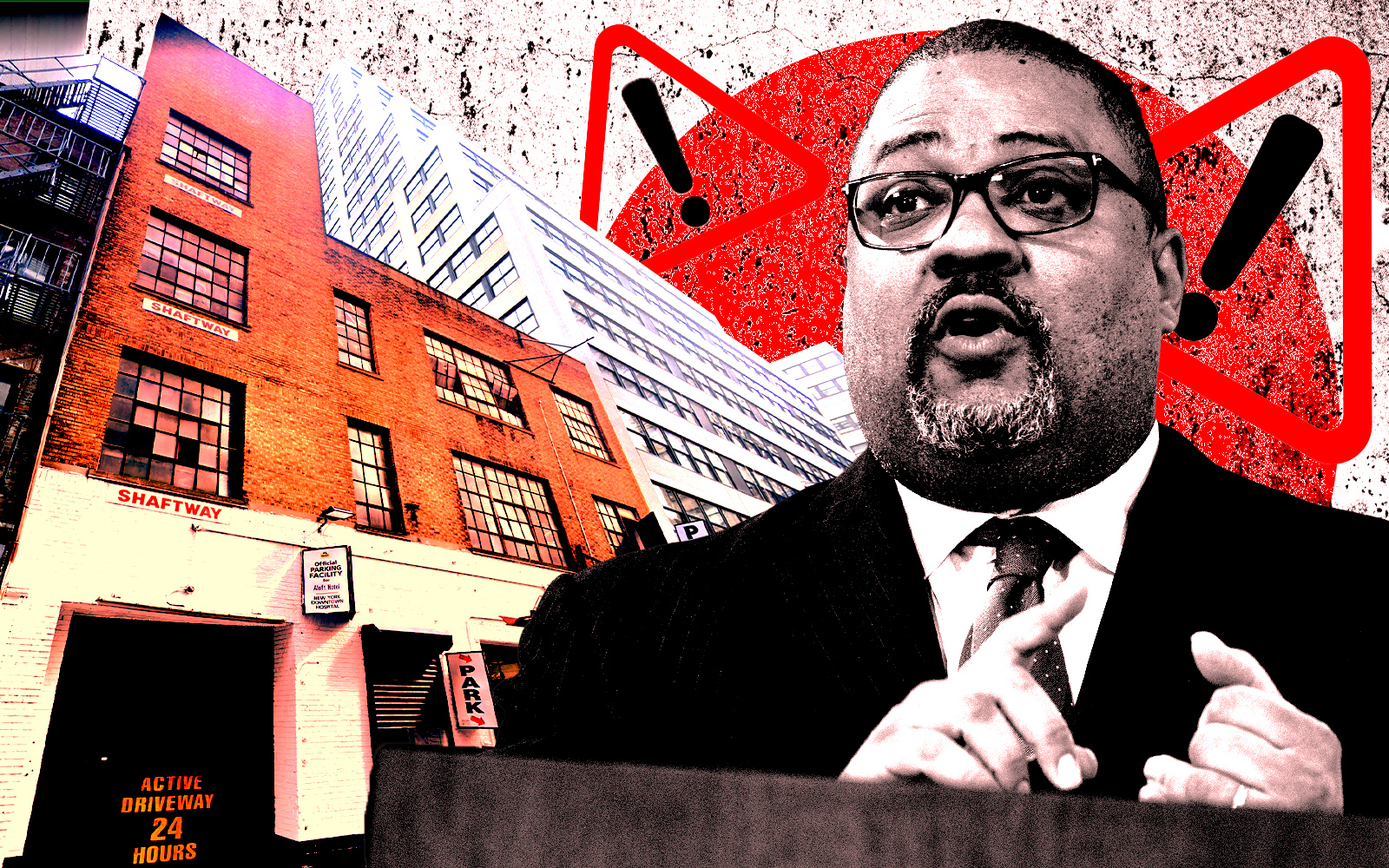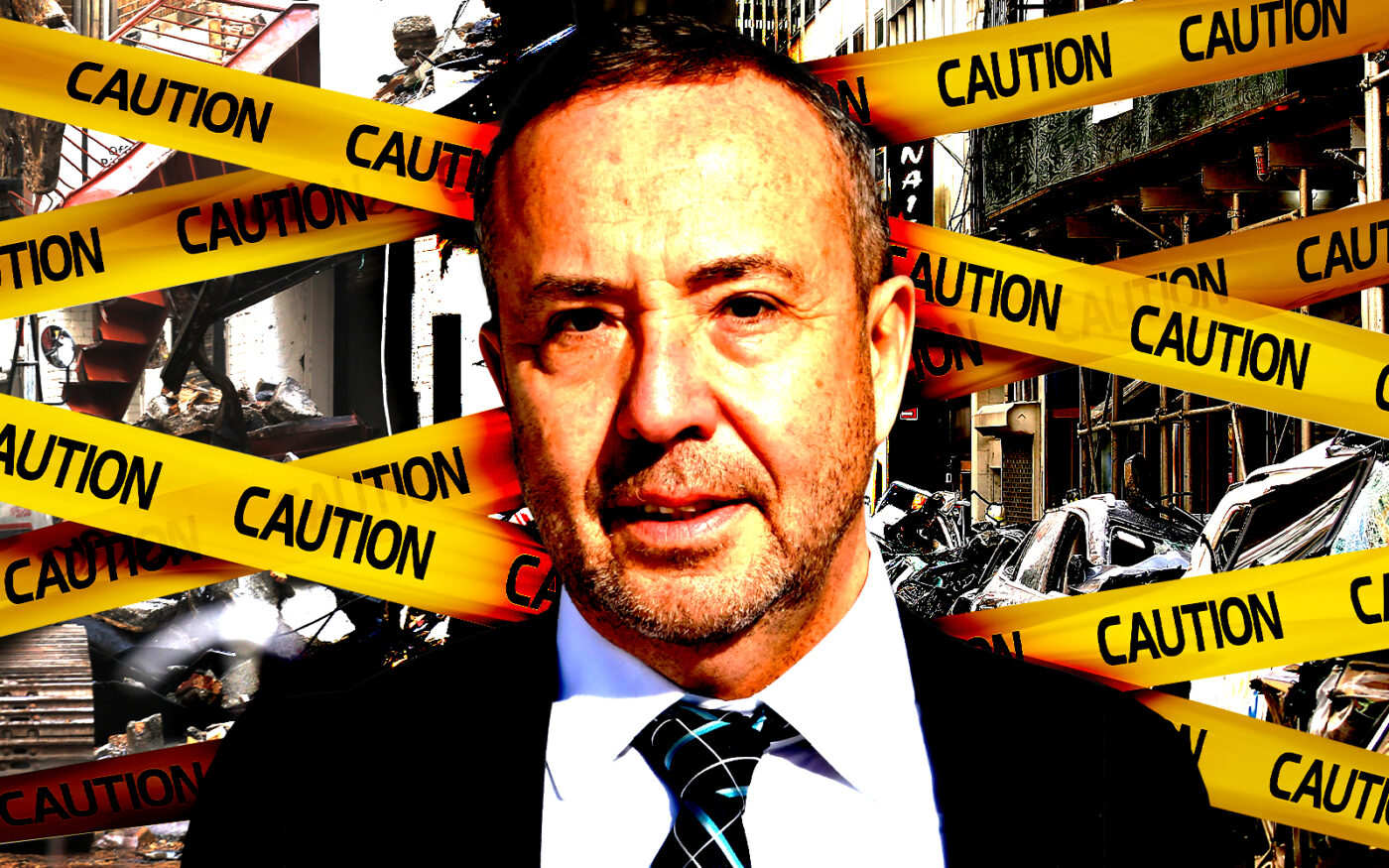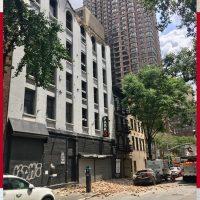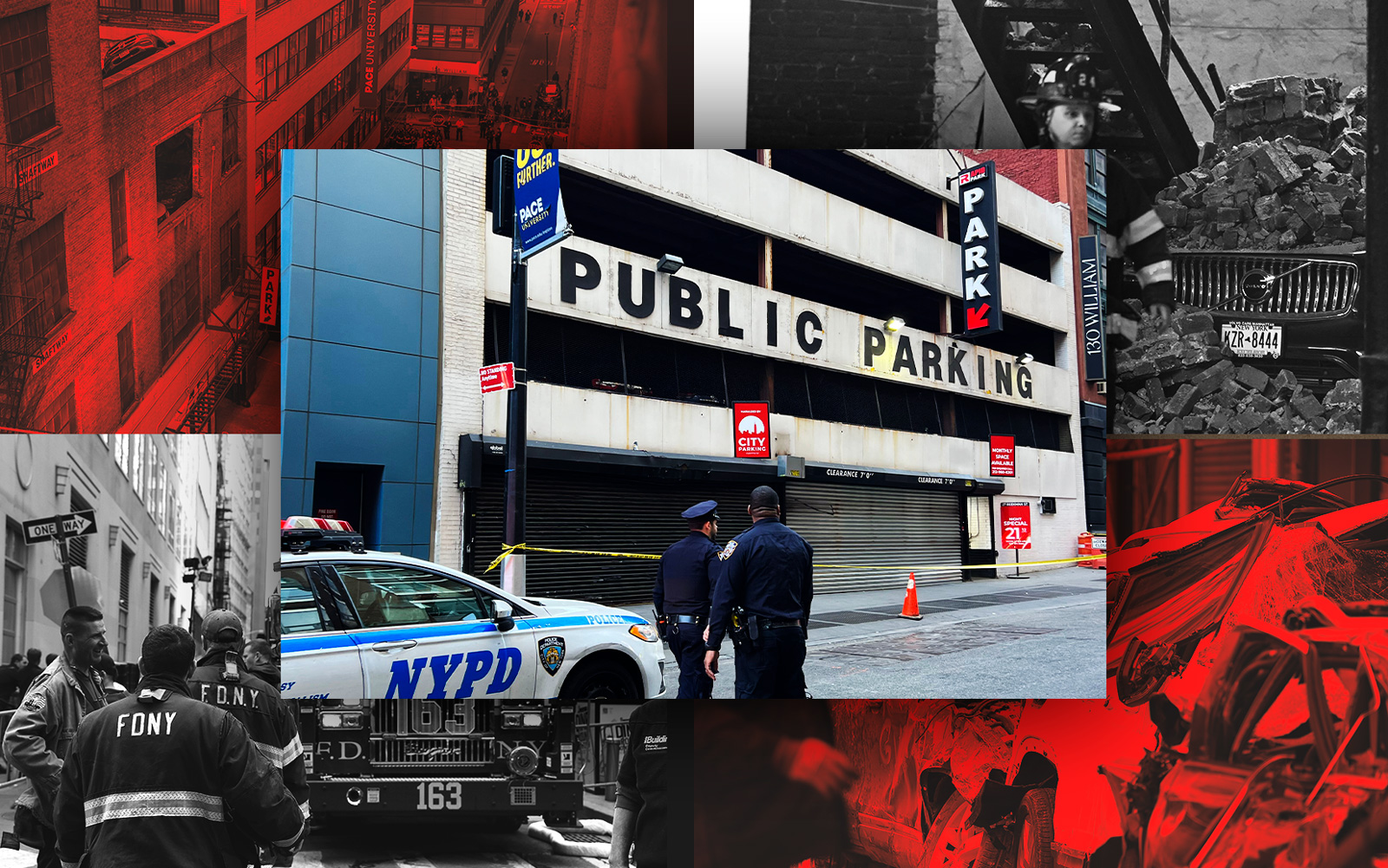
Collapsed Lower Manhattan parking garage had open violations
Trending
Dozens of NYC parking garage sites have “hazardous” violations
DoB says inspections coming after deadly FiDi collapse

New York City has identified a slew of parking structures with violations classified as “immediately hazardous” and needing swift repairs.
There are at least 61 addresses in the city with a parking garage that have open Class 1 violations, the Department of Buildings told the New York Post. The dozens of structures, which comprise a small portion of approximately 4,000 garages in the city, will be subject to inspection starting in the coming months.
Additionally, it’s not clear if those violations are tied to parking structures or other aspects of the building; the structures only need to take up part of a property to be counted towards the total. The DOB is sending inspectors to evaluate the sites, though there haven’t been any reports of them being structurally unstable.
The disclosure from the department comes after a Financial District parking garage collapsed, killing the garage manager and injuring several others. The cause of the collapse at the four-story building at 57 Ann Street remains under investigation, but the FDNY put the leading theory as the weight of the cars on the roof caused the structure to crumble.
The building, owned by Western Carpet and Linoleum, had four open violations when the partial collapse occurred. So far, none have been directly tied to the collapse.
Read more
Manhattan District Attorney Alvin Bragg is among those investigating the incident, though details of the probe have not been revealed.
The city last year strengthened its code for parking garage inspections. All parking garages below Central Park and on the Upper West Side need to be evaluated by the end of the year, while other city facilities need to be inspected in the next four years.
— Holden Walter-Warner






